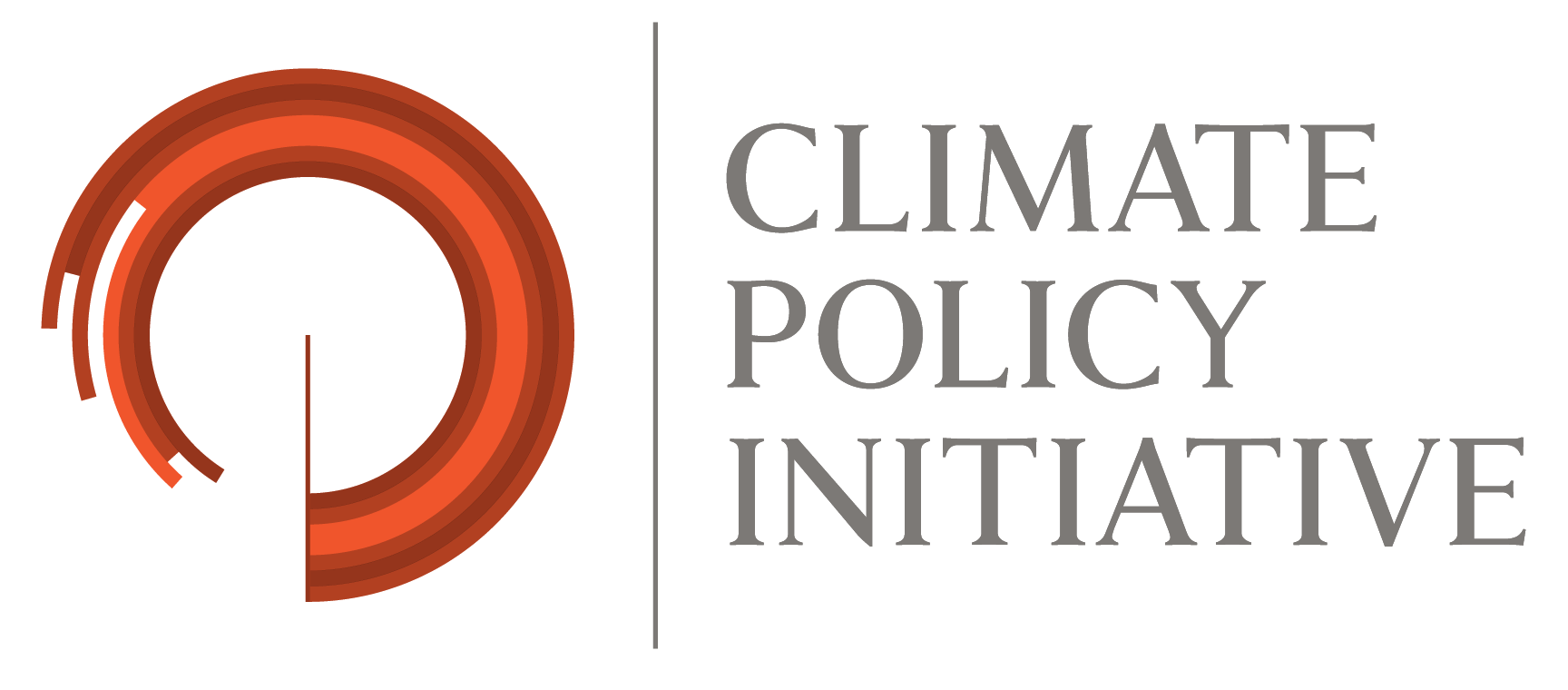Delivering on Brazil’s climate and broader sustainable development goals, the quantity of climate finance will be key. In this first-of-its-kind report, Climate Policy Initiative/Pontifical Catholic University of Rio de Janeiro (CPI/PUC-RIO) tracks and analyzes climate finance flowing to and within Brazil, across all actors – domestic and international; public and private – between 2019 and 2023. This five year analysis of the landscape of climate finance in Brazil provides a baseline against which to track trends, progress, gaps, and opportunities over time.
The report maps and analyzes climate finance flows along their lifecycle, from sources and instruments used to channel funds through to deployment on the ground. The analysis spotlights the diverse range of actors providing climate finance in and to Brazil, and where that climate finance is currently flowing – across sectors and for different climate uses (mitigation; adaptation; dual benefits; and loss and damage). For certain key actors (the Federal Government and BNDES) and specific key sectors (Energy and AFOLU), the report provides deeper dive analyses into the tracked climate finance flows.
The report builds on prior tracking work by CPI/PUC-RIO, offering the most comprehensive picture of climate finance flows in Brazil to date. Building on CPI’s long-standing institutional experience tracking global, regional, and national climate finance (GLCF 2025), as well as CPI/PUC-Rio’s prior tracking work focused on Climate Finance for Land Use in Brazil (Chiavari et al. 2024) and International Climate Finance Tracking for Brazil (Chiavari et al. 2025), the report offers the most comprehensive stocktake to date. Climate finance was tracked across multiple layers of the Brazilian economy, based on an extensive climate tagging exercise applied to various, heterogenous datasets, covering public and private sources. Nonetheless, certain specific data gaps remain in sectors for which reliable and detailed data is still limited or entirely lacking.
The authors would like to thank Miguel Motta, Maria Gabrielle, and João Pedro Valente for research assistance. This publication benefited from comments and suggestions from Juliano Assunção, Natalie Hoover, Baysa Naran, Chavi Meattle, and Giovanna de Miranda. The authors would also like to thank Julia Berry, Nina Oswald Vieira, and Meyrele Nascimento for formatting and graphic design.
This work is supported by a grant from Gordon and Betty Moore Foundation and Norway’s International Climate and Forest Initiative (NICFI). This publication does not necessarily represent the view of our funders and partners.

